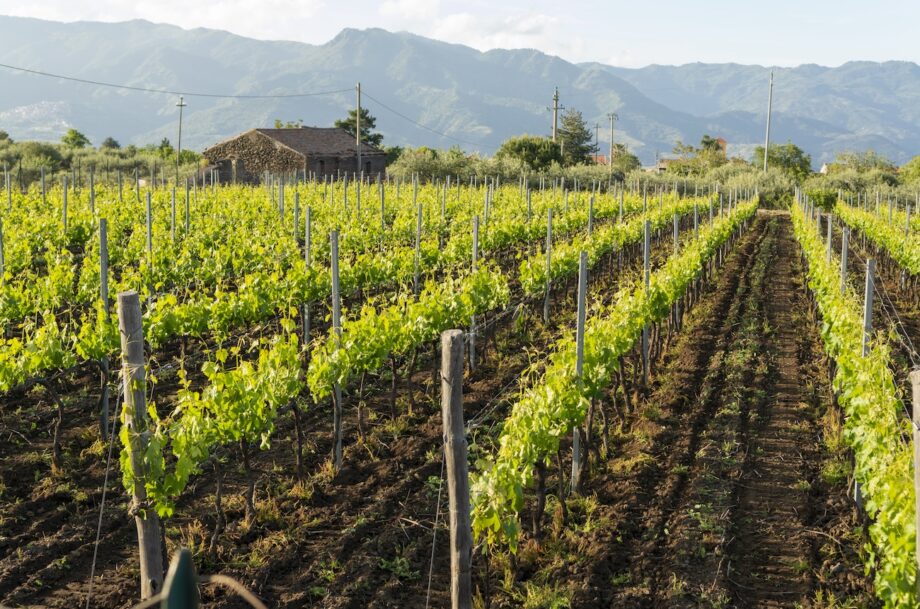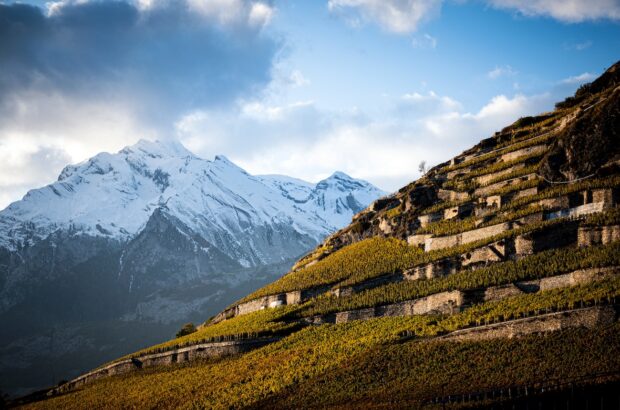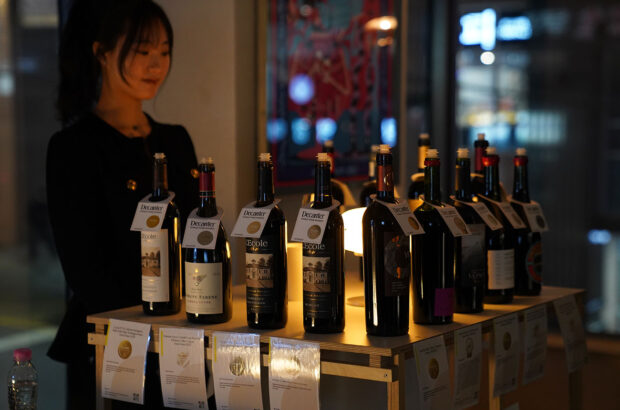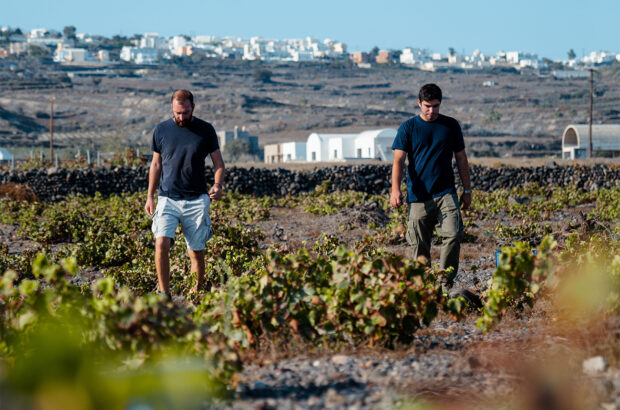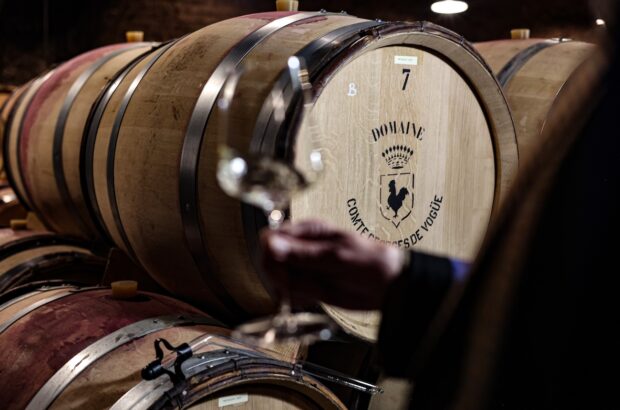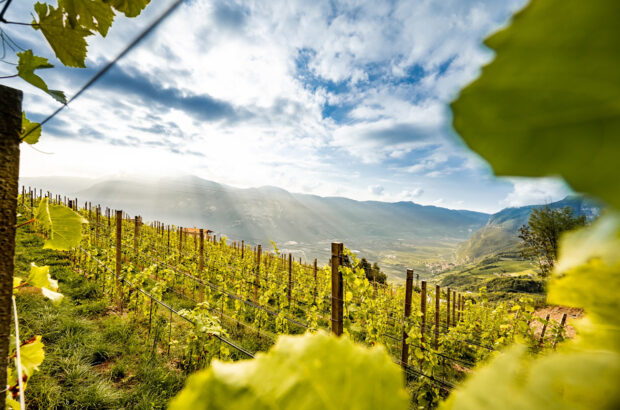In a nation with a longstanding reputation for warmth, generosity and, at times, opulence in its wines, Etna emerges as a distinctive entity, offering a wine style that is more incisive, cooler and more structured.
But is DOC Etna in Sicily genuinely leading the way in the shift towards elegance in Italian fine wines? Or is it merely the most appealing manifestation of a more extensive transformation that is already in progress?
Spread around the flanks of the world’s most active stratovolcano, Etna’s vineyard area spans about 1,300ha, spread across 142 contrade – a fragmented landscape characterised by lava flows, elevations and exposures that exhibit a dynamic evolution, mirroring the restless activity of the volcano itself.
To walk among these vineyards evokes a profound sense of the presence of the volcano: colossal, silent, vibrant. The tension present within the landscape appears to imbue the wines themselves with animating spirit. It’s a collage of micro-terroirs interpreted by a generation of winemakers who understand that restraint is a refined value.
White Carricante and red Nerello Mascalese thrive here, yielding wines of linear structure, vivid acidity and aromatic precision.
Yet terroir alone doesn’t make a movement. What strikes me most is how the younger winemakers here have committed to a style that avoids density in favour of truth.
Whether it’s the precision of Federico Graziani, the cerebral transparency of Graci’s wines, or the restrained beauty of Girolamo Russo – all on the volcano’s north slope – there’s a shared philosophy: let the mountain speak, don’t over-extract, keep it lifted. It’s a rejection of both global trends and local stereotypes.
Some experts compare Etna with Burgundy. There’s some truth to this, but also something more: Etna is building an identity all of its own that’s authentic to its place.
Nevertheless, I am reluctant to designate this as a distinctive characteristic of Etna. Today, the concept of elegance is influenced by many factors: climate, markets, aesthetics, recent trends and identity. You see the same refinement playing out in Chianti Classico, for example, where Sangiovese is being harvested for lower alcohol and a slender character, oak influence is being reduced and the fruit allowed to breathe.
In the north, Valpolicella producers are questioning the dominance of ‘wines of method’ such as Amarone in favour of fresher, delicate expressions of Corvina-based blends; even in Barolo, the obsession with structure is giving way to nuance.
What we’re seeing is less a revolution from below, more an industry-wide recalibration.
Is Etna the leader in this, or simply the most emblematic case? I’d argue it’s both. It leads in the clarity with which it expresses this new Italian elegance – lean, mineral, energetic – but follows in the sense that other regions began to shed their excesses earlier.
The distinguishing characteristic of Etna is the purity of the signal. Here, elegance does not require artificial manipulation; it manifests organically, emanating from the ground.
Pursuing the thought further, what is behind the present exaltation of elegance in Italian wine? Is it a reaction to the super-cuvées of the 1990s and 2000s: wines inflated by oak, extraction and critics’ points? Perhaps climate change is forcing a rethink of ripeness. Or is it indicative of a more profound cultural shift and an emergent consumer demand?
After decades of asserting power on the world stage through its wines, Italy may be learning that its true strength lies in distinctiveness not dominance.
Etna’s role in this is crucial. It gives us a vocabulary of elegance that is southern, volcanic and deeply rooted.
This approach has the potential to transform the discourse surrounding the concept of finesse in Italian wine, challenging conventional notions of its association with specific regions or climates. In that sense, Etna is not just on the edge geographically – it’s on the edge of a new Italian wine identity.
In my glass this month

Firmly rooted in Etna’s sense of place, Maugeri’s sophisticated Contrada Volpare Rosato 2024 is a testament to restrained volcanic elegance. Made from Nerello Mascalese, it offers a fragrant bouquet of wild strawberry and thyme, a touch of toast from judicious use of oak, and a mineral, smoky note. The palate has a lively yet poised quality, with vibrant acidity, mid-palate weight, linear tension and layered structure, with a long citrus-zest finish.
Cristina Mercuri is founder and CEO of Mercuri Wine Club, which provides trade consultancy and WSET education and training at all levels in Italy


